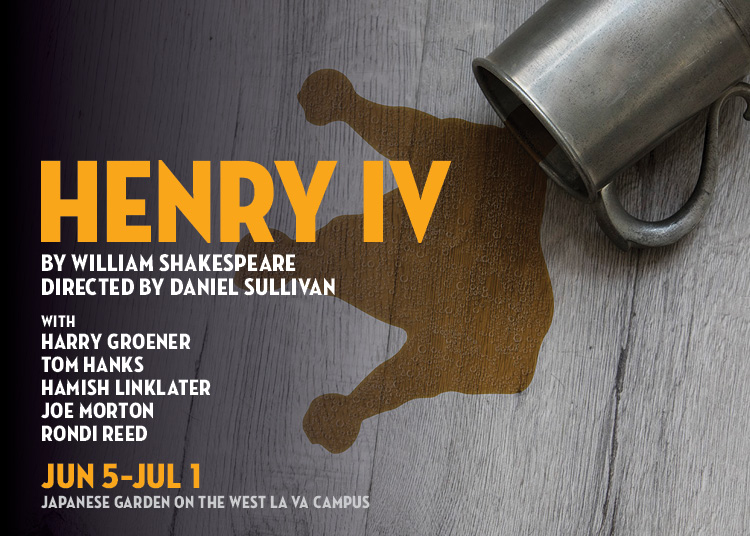Act Two of Henry the Fifth begins in the same manner as the first act, with the Chorus pushing the plot forward. After we hear that Henry is ready to lead an expedition to France, the Chorus tells us that “all the youth of England are on fire” (II.Chorus,1). The Chorus then tells of the plot of Cambridge, Scroop, and Grey against the king, hired by “the gilt of France (O guilt indeed)” (II.Chorus,26).
Only when the Chorus ends, and we get to Act Two, Scene One, it’s NOT to “Southampton (where) we shift our scene” (II.Chorus,42), but rather to where all our previous Act Two’s (from The First and Second Parts of Henry the Fourth) have gone: the tavern. Here, we find “Lieutenant Bardolph” (II.i.2) and “Corporal Nym” (II.i.1), where the latter bemoans Mistress Quickly’s marriage to Pistol, despite Nym’s being “trothplight” (II.i.18) or betrothed to her. When “Ancient Pistol” (II.i.24) and Quickly enter, it’s obvious from all the ranks, that it’s not just the “youth” of England that are on fire for war, but the old men as well.
Continue reading “Act Two: Traitors, Tavern-mates, and Tennis Ball-Gifting Princes”

